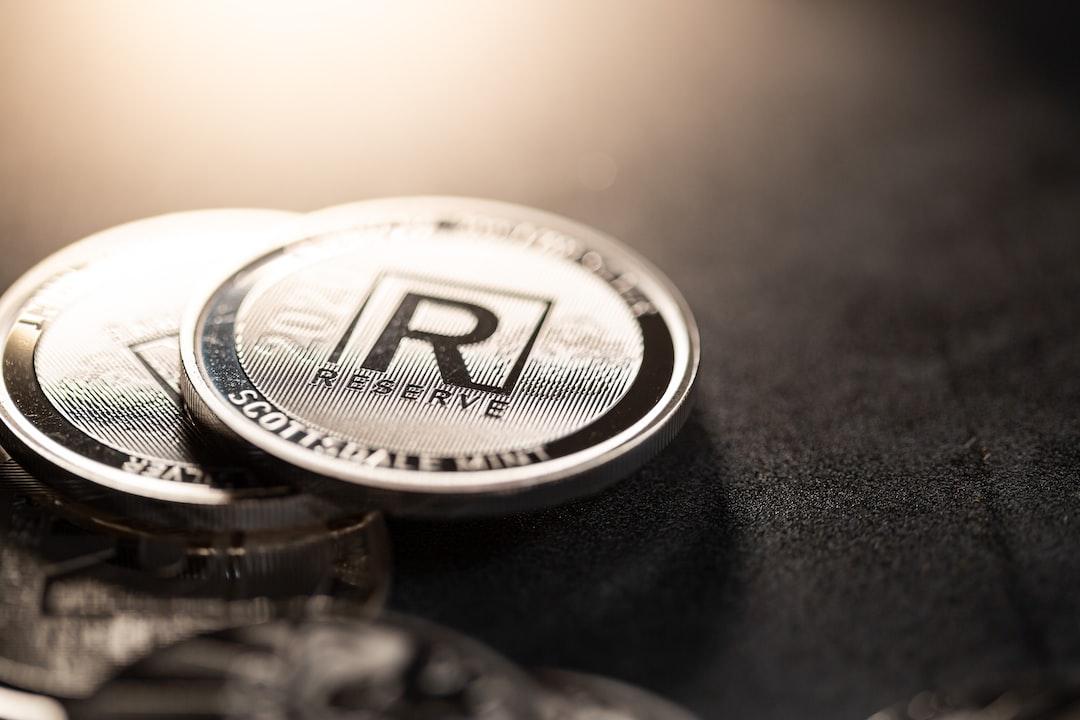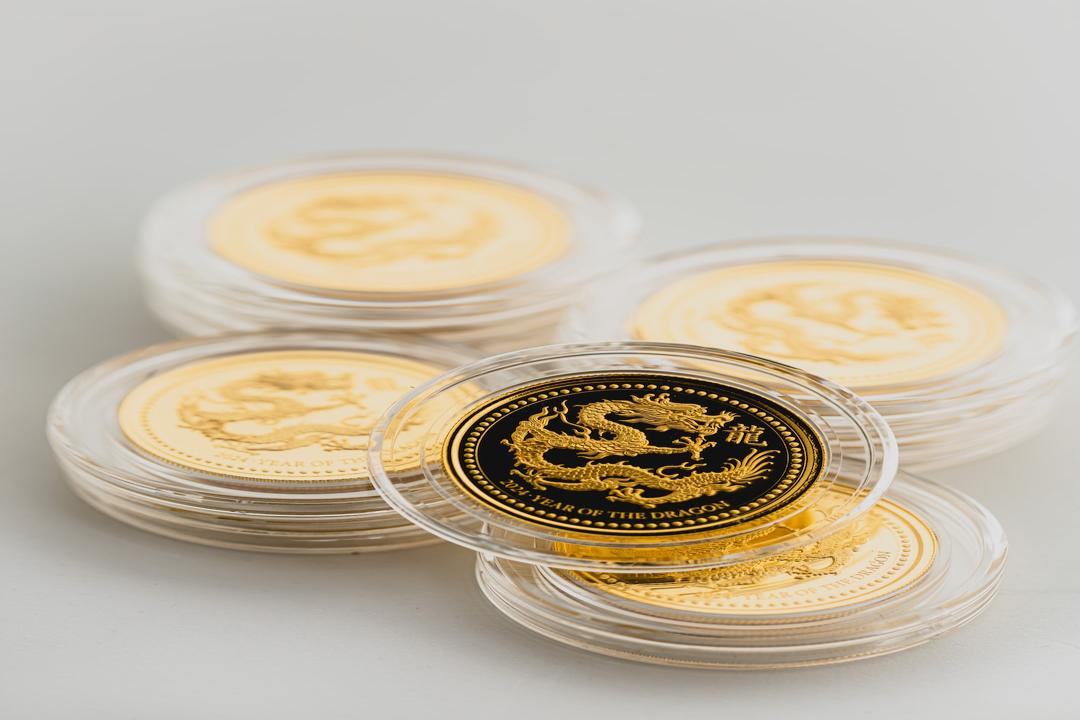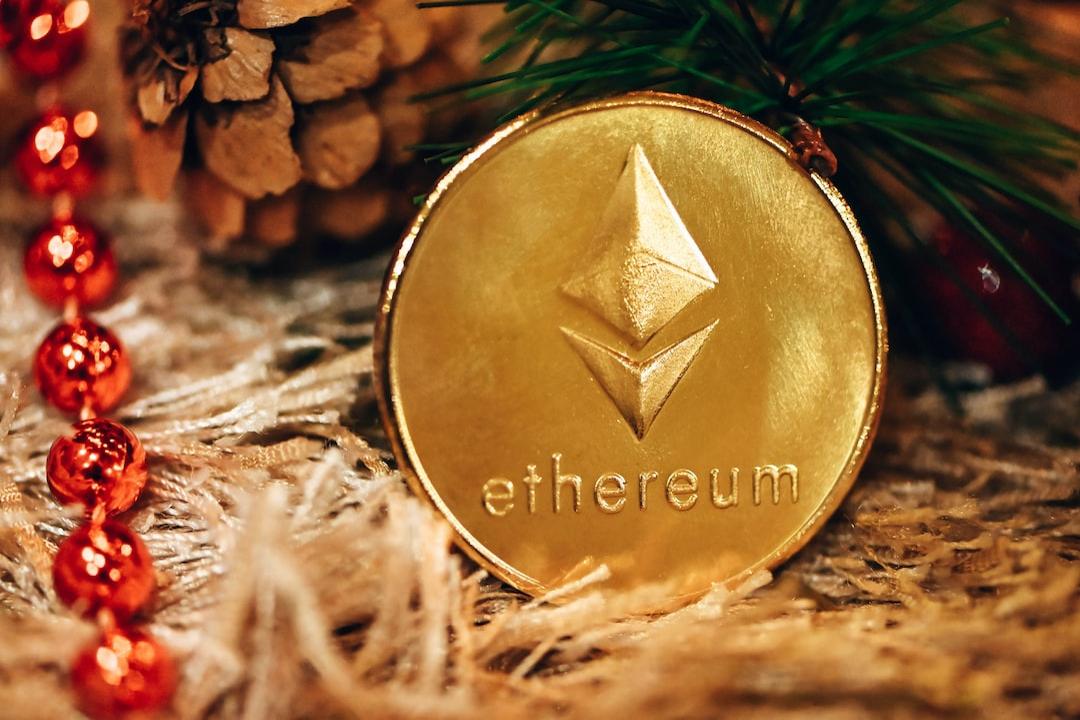Are You a Retail Investor?
The key indicator for judgment is your trading costs. This article delves into the often-overlooked yet significant trading costs, asserting that it is not the market makers but these costs that truly harvest retail investors. This article is derived from a piece written by Huang Shiliang, organized, translated, and authored by Deep Tide TechFlow.
Background Summary: Institutional Funds are Frenziedly Buying Bitcoin! Why are Retail Investors So “Unresponsive”?
Background Information: Seven Crypto Survival Rules You Must Know to Avoid Being a Retail Investor in a Bull Market
Retail Investors are Cut by Trading Costs, Not by Market Makers.
The term “retail investor” is a rather cheerful one in the cryptocurrency circle, as almost all friends self-identify as retail investors. Setting aside the joking aspect, we should genuinely avoid being a retail investor; otherwise, we will indeed get “cut.”
Self-awareness is crucial. How can one determine if they are a retail investor? This may be a good question. I believe there is one indicator that can answer this: your trading costs.
The higher the trading costs associated with the trading tools, products, and strategies you use, the more likely you are to be a retail investor.
In investing, nominal returns often come from a percentage of market movements, while trading costs—including fees, slippage, funding rates, gas fees, etc.—are definite expenses that we often overlook. These certain costs frequently exceed the potential nominal returns because costs must be paid while returns are filled with uncertainty.
Any trading behavior that does not consider these confirmed expenditures is retail investor behavior.
Warren Buffett once presented a hypothetical case at an annual shareholder meeting: a wealthy family could see their wealth naturally grow without doing anything, but once they hire an analyst, broker, or fund manager to manage their assets, these individuals would diversify investments and constantly trade, causing the family’s wealth to dissipate into transaction fees. The result is that others become rich while they lose money.
Buffett may well have been referring to Bill Gates, who hired a financial team that ended up selling off most of his Microsoft stocks.
Numerous studies in academia reflect similar findings, such as analyzing tens of thousands of retail accounts at the Shanghai Stock Exchange that lost money during a bull market, primarily because their principal turned into transaction fees and stamp duties paid to the exchange and the state.
To avoid being a retail investor, one must always ask before any trading action: what is the total cost of this operation? And then ask: is there a lower-cost operational strategy?
The cryptocurrency space offers a variety of trading products and strategies.
I believe the highest trading cost comes from depositing and withdrawing funds. You know, this has extraordinarily high costs—not only are the transaction fees steep, but the risks are also significant, including potential freezing of funds and even arrest.
Tether reported a profit of $13 billion in 2024, and I suspect that over half of it comes from the deposit and withdrawal commissions contributed by retail investors (the other half likely comes from interest earned on dollar collateral such as government bonds). So, avoid unnecessary deposit and withdrawal activities.
Common trading products include spot trading, perpetual contracts, and options. Trading methods include on-chain DEXs and CEXs. The explicit transaction fees are easy to understand; spot trading generally has fees of around 0.1% to 0.2%, while contracts may incur fees of around 0.01%, but these are merely matching fees.
Another major component of trading costs is implicit costs. For instance, the funding rate for perpetual contracts depends on luck, while the time cost for options can be terrifying.
The funding rates for large-cap perpetual contracts generally exceed an annualized rate of 10%, while for altcoins, it can exceed 30%. However, this can sometimes yield profits; what is certain is that the long-term holding costs for contracts are exceedingly high, especially for altcoins.
If you’re not a professional funding rate arbitrageur trying to trade contracts instead of spot assets, you are undoubtedly a retail investor.
Options trading is similar; the transaction and holding costs for options are much higher than for perpetual contracts. However, I am not an expert; I have held a small number of ETH calls and puts and ultimately lost everything.
The cryptocurrency space also has various complex strategies, with grid trading, dual-currency wealth management, and copy trading being common on exchanges.
Almost all of these intricate strategies on CEXs have exorbitantly high trading costs.
I once thought that grid robots were a good product and used them multiple times, but they are merely tools for CEXs to extract transaction fees from users.
I have not diligently researched dual-currency wealth management, but I have always felt its costs must be exceedingly high; otherwise, it would not offer annualized returns of 100%. The market makers are undoubtedly profiting with certainty. I asked ChatGPT, and it indicated that it essentially functions as an option; I suspect that directly buying options would be cheaper. I am too lazy to investigate further.
CEXs also have numerous leveraged trading modes, and any involvement in leveraged trading incurs even higher costs. The interest expenses are terrifying; it is a friend of time, while holding leveraged positions is not.
I am particularly astounded by those who use enormous leverage to invest in real estate, taking pride in owing money to banks. The more they owe, the more they feel glorified. Truly astounding.
Binance reported revenues of $16 billion in 2024. Do you remember the massive crash in early 2025? Everyone said it was due to Binance realizing profits.
Binance and Tether together accumulated nearly $30 billion in annual revenue in 2024, which reflects the trading costs of retail investors. We do not know how much we earn; what is certain is that they earned nearly $30 billion.
The costs for on-chain trading products and strategies are even more complicated.
In the most common DEX spot swap transactions, there are various strange costs.
Gas fees and trading fees are considered explicit costs.
Gas fees are variable, fluctuating significantly, and are an inevitable cost of on-chain activity.
The trading fees for swaps also vary depending on the liquidity pool routes, such as Uniswap, which has fees of 0.3% and 0.01%. With the introduction of customizable fee pools in Uniswap V4, there are even pools with fees of 99%, which is nonsensical.
Besides the explicit gas fees and trading fees, the larger costs in DEX trading are implicit.
The largest implicit cost is the MEV sandwich attack; if your slippage is set too high, you are finished, as you will have to pay a high slippage tax.
Normal slippage can also be significant when trading small amounts in liquidity pools. Particularly with some small-cap coins, incurring a slippage cost of 10% is common.
The cost of participating in IDOs can be outrageous, with slippage costs often reaching 50%.
In the past two years, the trading costs on pump.fun have been astonishingly high. Creating liquidity pools requires significant contributions from users, and trading incurs trading taxes. Especially since these meme coins are typically quick in and out trades, incurring a trading fee of 0.5% can quickly eat into your principal. Meme coin traders are undoubtedly on the extreme end of friction trading.
Now, nearly all swaps have integrated cross-chain swaps, which introduces complicated cross-chain fees, requiring simultaneous payment of two miner fees and a bridge toll.
I previously relied on LayerZero to exploit price differences between Unichain and ETH L1, but later realized that LayerZero was the one making most of the profit.
Participating in airdrop farming is no longer a hot topic; this strategy incurs enormous trading costs. Airdrop farming is a classic example of a “successful general, thousands of bones buried” strategy. It is a typical approach where project parties sell tokens to users through their trading costs.
I feel that on-chain activities are more likely to treat users as fee-mining machines, and the implicit costs on-chain are higher than those on CEXs.
Uniswap’s total revenue from front-end fees was nearly $100 million in 2024, while the cumulative trading fees contributed by users on Uniswap amounted to $1.27 billion in total for 2024.
Pump.fun is even more impressive, with platform revenue (the amount officially taken by pump.fun) totaling $313 million in 2024, while users contributed a cumulative cost of $738 million (it seems half went to pump.fun and half to LPs).
Do you see it? The fee-harvesting machine in DeFi is not a small number. We do not know how much we earn, but it is certain that DEX platforms and LP tokens are profiting significantly.
Please make sure to clearly record your trading costs in specific investment operations. I asked ChatGPT to create a table for estimation; the data is entirely from AI searches and estimates and is for reference only.

Compare it with the products or strategies you are currently using to see how much you have paid in fees.
In fact, retail investors are cut by trading costs, not by market makers.


